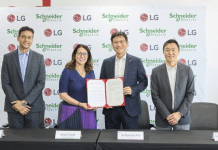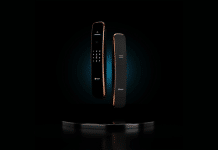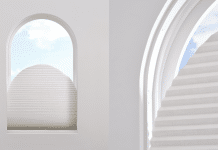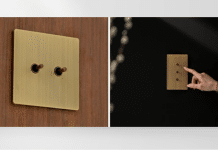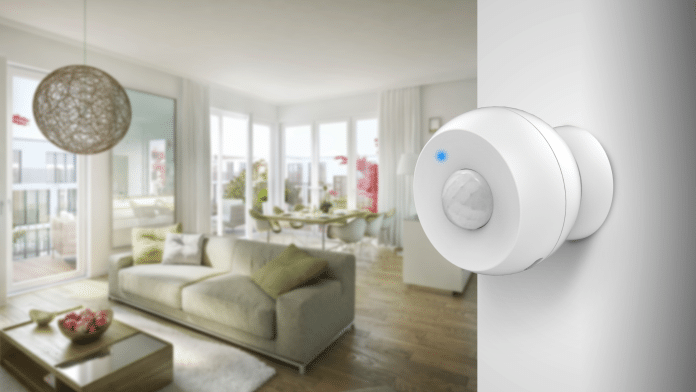
Avi Rosenthal, Chairman of the Board at the Z-Wave Alliance, discusses pivotal achievements, and the robust Z-Wave Certification program, and anticipates a milestone of 4,400 certified devices from numerous brands by the close of 2023. Positioned as the most extensive interoperable sub-GHz collection of smart home devices, the Z-Wave ecosystem reflects a new era, poised to lead two decades of progress and innovation in smart homes and the connected IoT segment.
How has Z-Wave Alliance evolved over the years, and what key technological advancements have shaped its trajectory?

The Z-Wave Alliance has stood as the steward for Z-Wave technology for over two decades and recently, has undergone extensive changes that will be critical to the continued success of the protocol. Here, it is important to distinguish the difference between Z-Wave as the technology, and the Alliance as the organization dedicated to its advancement. Key milestones for the Z-Wave Alliance include the release of the interoperability layer of the Z-Wave standard to the public domain in 2016. The Z-Wave Public Spec provides cloud service developers, gateway makers, technology enthusiasts, and others free and easy access to the Z-Wave interoperability layer for the development of smart home IoT applications. Shortly thereafter, with security and interoperability as pillars of the Z-Wave technology, the Z-Wave Alliance mandated in April of 2017 that any product receiving Z-Wave Certification must include the most up-to-date security framework to ensure greater protection from cyber intrusion for both Z-Wave products and the global smart home ecosystem.
Most recently, three updates come to mind that have most dramatically shaped the trajectory of Z-Wave and the Alliance itself. The first is the completed ratification of the Z-Wave Alliance as an independently run, member-driven standards development organization. From there, the Z-Wave Alliance was able to announce the open Z-Wave initiative by way of the Source Code Project which has provided an environment for members to directly contribute to and help shape the future of the Z-Wave technology. In fact, to date, over 130,000 lines of code have been collectively added/changed with more work expected to be completed in 2024 and beyond. Lastly, in 2023, the Z-Wave Alliance announced the availability of an additional silicon resource and certification house for members. This important update provides membership of the Alliance with a new, direct source of Z-Wave silicon chips and modules.
Each of the advancements outlined above has accumulated over time to completely reshape the structure of the Z-Wave Alliance and empower the organization to be in its strongest position ever to work with members toward the continued domination of Z-Wave technology.
Z-Wave Alliance is known for its interoperability. How does the technology ensure compatibility among various smart home devices?
Interoperability amongst Z-Wave devices, regardless of manufacturer or silicon generation, is a pillar of the Z-Wave technology. As an organization, the method through which the Alliance works to guarantee this is the Z-Wave certification program mandate. This process mandates and ensures rigorous compatibility standards for all Z-Wave devices. Within the Z-Wave Alliance, certification is regulated on multiple levels – technical and marketing certification – and is not a one-and-done process. The Z-Wave Alliance continuously works to update and modify integral aspects of certification and launch new programs as needed. For example, with the advent of Z-Wave Long Range, new certification levels have been made available to ensure interoperability with existing Z-Wave devices and the ongoing Z-Wave Certification Plus program will continue to introduce new standards that address key features such as increased range, extended battery life, and improved bandwidth.
How has Z-Wave Alliance influenced the landscape of home automation, and what role does it play in the broader IoT ecosystem?
As a technology, Z-Wave, and by extension Alliance membership, have played a vital role in the home automation landscape by providing a reliable, secure, and interoperable platform for smart home devices. Z-Wave plays a vital role in the broader IoT ecosystem by existing as one of the largest collections of smart home solutions certified for interoperability. By the end of 2024, the Z-Wave ecosystem is on track to include over 4,400 devices that have been certified to work across manufacturers, product categories, silicon generation, and more.
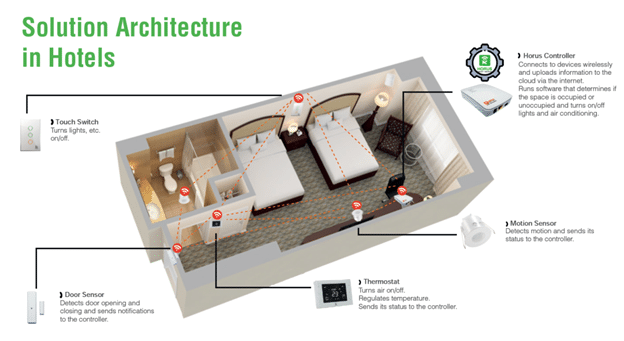
Z-Wave is known worldwide as a leading technology operating within the sub-GHz bandwidth with superior mesh-networking capabilities whereby each node within a deployed network helps to strengthen and repeat the signal. That said, Z-Wave continues to push the envelope and drive the industry through the introduction of new advancements, such as Z-Wave Long Range, which pushes network boundaries beyond the four walls of the home to the edge of the property and beyond.
Can you share insights into the global adoption of Z-Wave technology? How has the market responded to its solutions?
With over 100 million Z-Wave devices deployed worldwide and a certified ecosystem on track to include over 4,400 devices across hundreds of manufacturers, it’s safe to say the response to Z-Wave solutions has been tremendous. Globally, Z-Wave technology is available in over 100 countries with different established standards and frequencies in each to ensure the same level of performance around the world.
Z-Wave, in terms of both the technology and the Alliance, is not resting on our laurels here either. Having been ratified completely as an open-source standards development organization, Z-Wave has entered into a new era and is well-equipped and positioned to usher in another 20 years of advancement and innovation for the smart home and connected IoT space.
What can we expect in terms of future innovations or advancements in Z-Wave technology?
The development of Z-Wave Long Range (ZWLR) is a significant advancement, offering increased range and coverage, scalability, and optimized battery life. ZWLR extends Z-Wave connectivity beyond the boundaries of the home and accelerates the adoption of Z-Wave in other verticals, such as light commercial, hospitality, and multi-dwelling units (MDU). Z-Wave Long Range increases the number of end nodes, reduces system cost and complexity with the elimination of repeaters, and improves reliability by combining Z-Wave devices across both a mesh and star network. Z-Wave Long Range offers a maximum wireless range of 1.5 miles when operating in long-range mode at full power. ZWLR also offers increased scalability, optimized battery life including coin cell, and interoperability.
With the rise of technologies like AI and 5G, how does Z-Wave Alliance plan to integrate or leverage these advancements for enhanced smart home experiences?
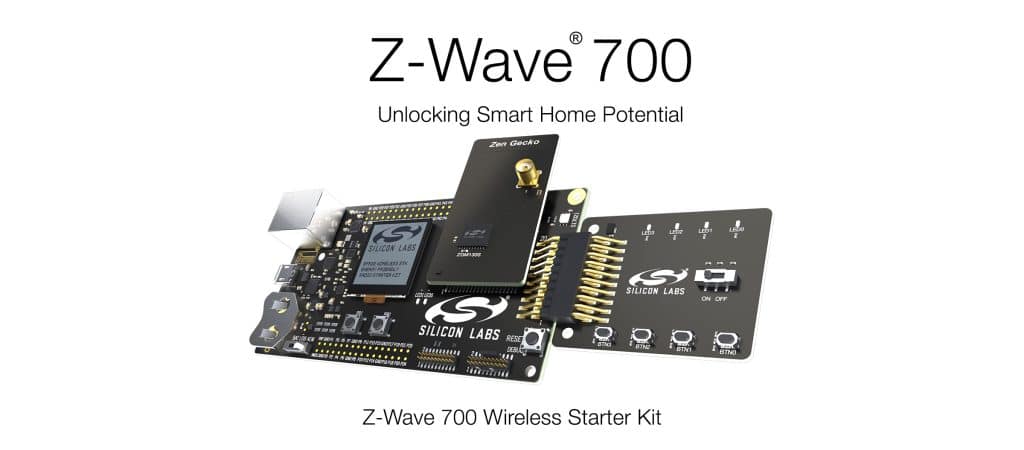
We plan to continue working closely with our members on integrating AI for smarter device management and using 5G as the catalyst for improved connectivity and speed. Both technologies offer numerous opportunities for advancement. AI-enabled smart home devices can learn when homeowners turn off lights or adjust their thermostats, so it happens without a voice command. 5G’s higher bandwidth can help devices run more smoothly without clogging up the home network. Both can be used in concert to beef up homeowner security, with AI able to detect unusual patterns while 5G ensures you get alerts from your security cameras in real-time.
What challenges does Z-Wave Alliance foresee in the ever-evolving landscape of smart home integration, and how does the technology address them?
Across the broader smart home space, the Z-Wave Alliance foresees interoperability maintenance amongst the constantly growing number of devices as well as security and new technology advancement adoption to be an ongoing hurdle to mainstream adoption. Fortunately, Z-Wave technology already addresses these challenges through its robust certification program and continuous technological advancements. The certification programs in place for Z-Wave technology are only going to continue to expand and improve as new features and technologies become available, ensuring Z-Wave remains a top choice for homeowners, professional installers, and everyone in between.
With the recent advancements in AI and the inevitability of new technologies such as 5G, the industry is on the cusp of contextually aware environments and the dawn of the true “smart home”. Technologies and organizations will be forced to continue to keep their ear to the ground and remain nimble as we enter an era of rapid development and advancements. Even established protocols and standards, such as Z-Wave, will need to remain inventive and vigilant to keep pace.
Security is paramount in the IoT space. How does Z-Wave Alliance ensure the security and privacy of user data and connected devices?
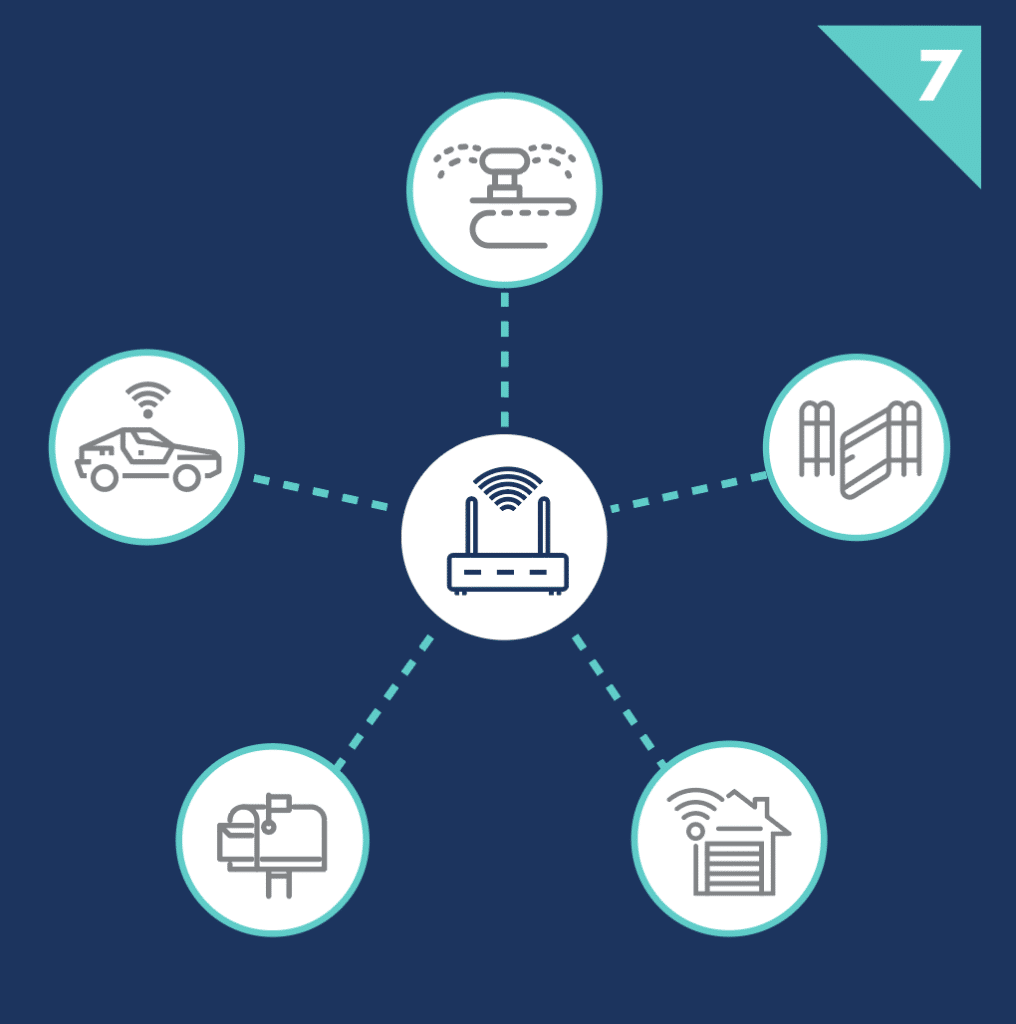
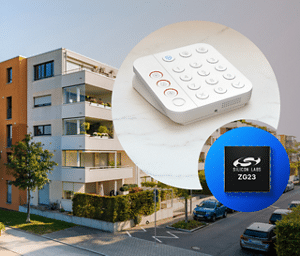
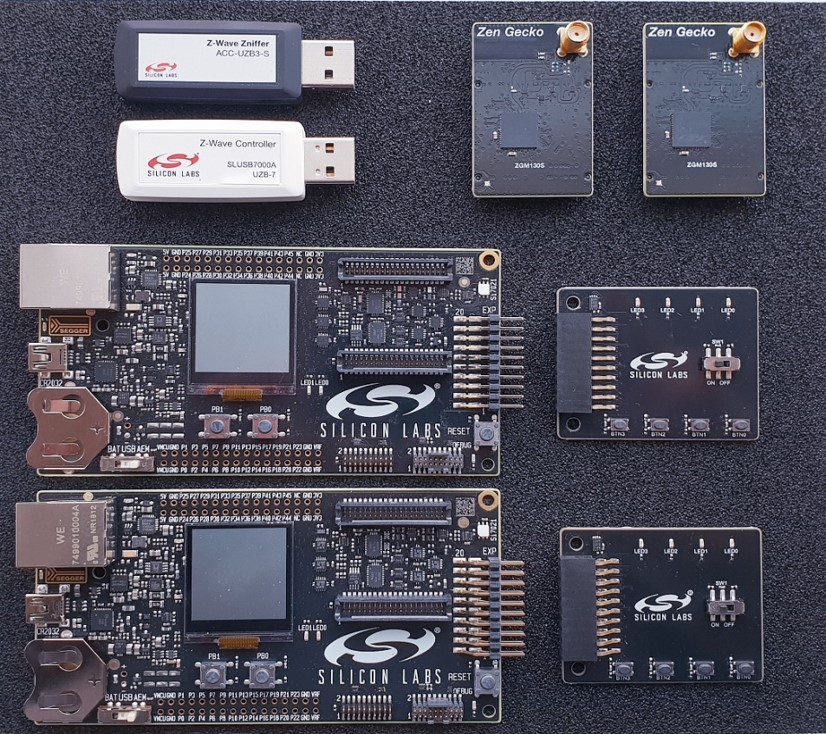
The Z-Wave protocol ensures the security and privacy of user data and connected devices through the Z-Wave Security 2 (S2) framework. This framework mandates industry-standard AES128 encryption and secure key exchange, providing robust security against potential attacks. Z-Wave Alliance member companies are also keeping a close eye on new advancements to keep homeowners’ data more secure and regularly suggest and promote that end-users deploy best practices within their home network to ward themselves against nefarious actors.
The Z-Wave certification program remains as one of the most powerful tools for ensuring both Z-Wave interoperability and security. As of April 2017, every single Z-Wave device submitted for certification is required to implement S2 Security and that security framework is constantly monitored and updated to include and provide updates that continue to secure deployed devices.
Moving into 2024 and beyond, the Z-Wave Alliance looks forward to announcing updates and advancements made to the security frameworks working to secure hundreds of millions of Z-Wave devices moving forward.
Z-Wave Alliance has been a key player in partnerships. Can you highlight some significant collaborations that have shaped Z-Wave’s journey?
The Z-Wave Alliance has been instrumental in forming significant collaborations to continue to be a leader in wireless smart home control, especially within the sub-GHz space. Most recently, the partnership worth highlighting is the one with Trident IoT, a new technology and engineering company focused on simplifying RF development and decreasing time-to-market for connected device manufacturers.
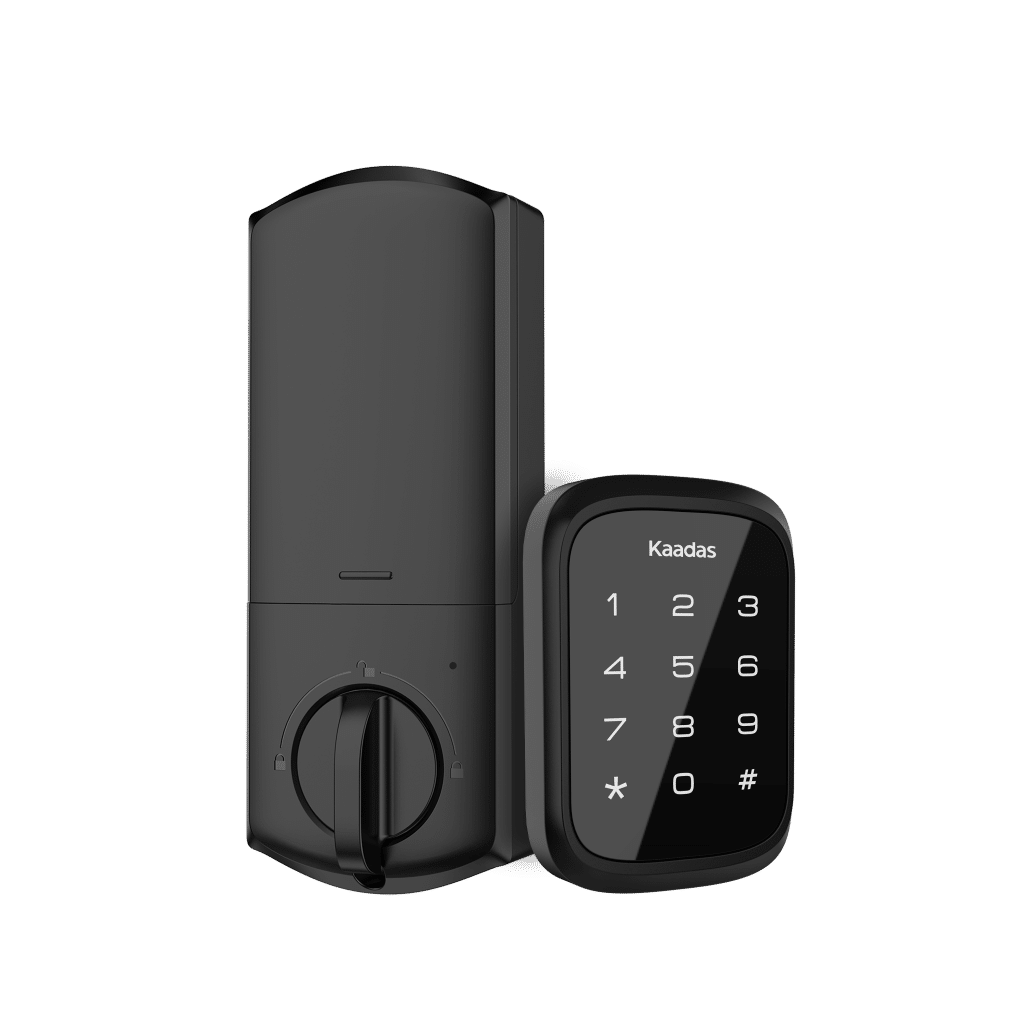
For Z-Wave Alliance members, Trident IoT is a new direct supplier of Z-Wave silicon chips and modules and a resource for product design and development services. In conjunction with the creation of Trident IoT, a new U.S.-based Z-Wave Certification laboratory, Solutions for IoT, was also founded to serve Z-Wave Alliance members. The provided services benefit Z-Wave Alliance members – who are the companies responsible for the ecosystem soon to consist of over 4,400 certified devices – in several different, yet critical ways. First, a new U.S.-based certification house makes it even easier for North American manufacturers to communicate and work through the certification process, resolving issues that arise quickly and ultimately, helping get products to market faster. The expertise housed within the new company can help Z-Wave Alliance members continue to innovate and successfully implement new features such as the Z-Wave Long Range.
Can you elaborate on the success and key features of the Z-Wave 800 Series, particularly its backward compatibility, extended range, and impressive 10-year battery life?
The Z-Wave 800 Series stands out as a significant advancement in smart home technology, primarily due to its backward compatibility, extended range, and remarkable 10-year battery life. The following features collectively contribute to its success in the market:
Backward Compatibility: Just as with all versions of Z-Wave that came before it, Z-Wave 800 Series is compatible with existing Z-Wave networks. This empowers users to integrate new 800 Series devices into their current smart home setups without the need to replace older Z-Wave devices. This compatibility ensures a seamless transition for users upgrading their systems and preserves their investment in existing devices.
Extended Range: The Z-Wave 800 Series boasts a significant enhancement in wireless range, especially with the integration of Z-Wave Long Range (LR) capability. This feature allows for a wireless range extending beyond 1.5 miles, a considerable improvement over previous generations. This extended range is particularly beneficial in larger homes or for outdoor devices, ensuring reliable connectivity across greater distances.
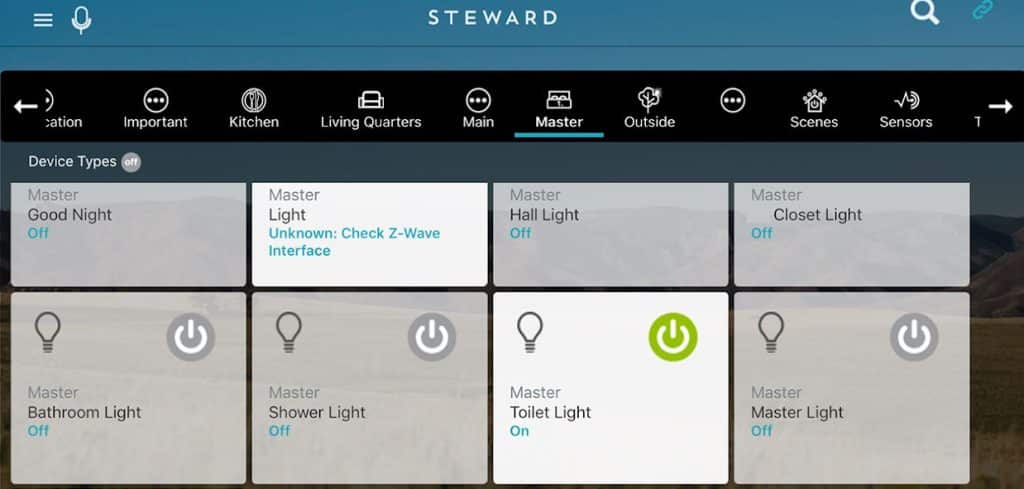
Impressive 10-Year Battery Life: The 800 Series dramatically improves battery life, offering up to 10 years on a coin cell battery. This is a 50% increase compared to the Z-Wave 700 Series. This extended battery life is achieved through low sleep and active currents for both the microcontroller unit (MCU) and the radio. This improvement is not only convenient for users by reducing the frequency of battery replacements but also contributes to more sustainable, eco-friendly technology usage.
Enhanced Processing Power: The series features the ARM Cortex-M33 processor, delivering approximately 20% more processing power than the Cortex-M4 found in the 700 series. This increased processing capability enables faster and more efficient handling of complex tasks, enhancing the overall performance of smart home devices.
Network Topology: With Z-Wave 800 Series, Z-Wave mesh and Z-Wave Long Range capabilities are combined into a single SoC. Working in tandem with each other, the Z-Wave mesh topology provides unparalleled reliability while the star network topology leveraged by Z-Wave Long Range produces never-before-seen range performance.
Advanced Security and Machine Learning Capabilities: The 800 Series is equipped with advanced security features like S2 and Secure Vault, providing top-notch security for IoT applications. Additionally, the inclusion of an AI/ML Hardware Accelerator supports machine learning applications, paving the way for smarter, more adaptive smart home devices.
Can you share details on the first certified Z-Wave Long Range Devices?
Certainly. The accolade for the first certified Z-Wave Long Range device belongs to Alliance member Universal Electronics for the Ecolink 700 Series Garage Door Controller. This certified device is a perfect example of the type of device that Z-Wave Long Range was designed to enhance given the typical deployment in the garage which can be located quite a distance away from a central point within the home. While Universal Electronics was the very first to complete Z-Wave Long Range (Z-Wave LR) certification in 2022, in the past year a total of 50 Z-Wave Long Range devices have all completed certification.
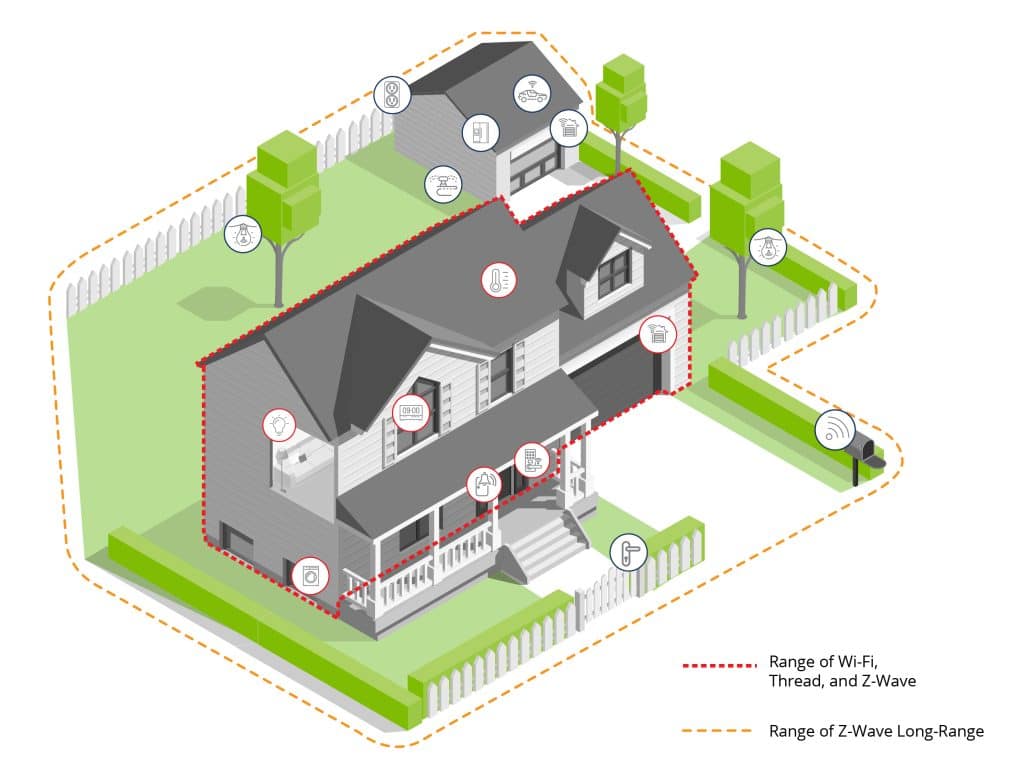
How does the Z-Wave to Matter Bridge contribute to future-proofing solutions, and what benefits does it bring to the Z-Wave ecosystem?
Z-Wave Alliance is deeply committed to the global smart home market, and with Z-Wave certification designed for interoperability, in addition to full backward and forward compatibility among all generations of Z-Wave devices, Z-Wave will prove to be the key to unlocking the promise of Matter. With a large existing install base of Z-Wave and other wireless IoT protocols, Matter + Z-Wave bridges will play a key role in connecting Matter devices to both legacy and new Z-Wave devices.
For the Matter promise of industry-wide interoperability to happen, the hundreds of millions of existing devices, installations, and large ecosystems already in the market must work with emerging ecosystems. True interoperability can only happen with the inclusion of the hundreds of millions of existing Z-Wave and other devices already in the market. With 4,400 certified devices from hundreds of brands expected by the end of 2023, the Z-Wave ecosystem is the largest interoperable sub-GHz catalogue of smart home devices in the market.
Could you share insights into the collaboration with Trident IoT as an additional Z-Wave silicon and module provider?
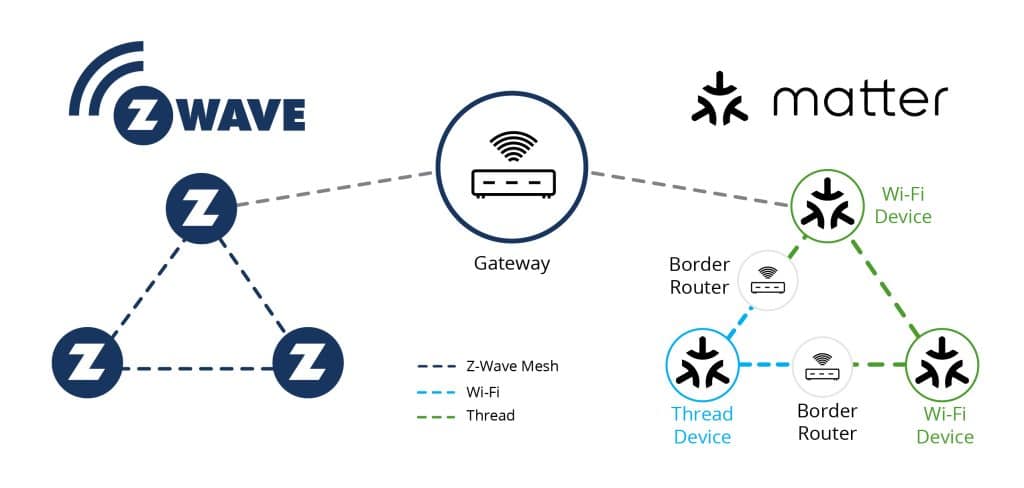
Absolutely. As mentioned above, the Z-Wave Alliance celebrated the launch of Trident IoT this past summer. The launch of Trident IoT was beneficial to Z-Wave Alliance members in two major ways. First, it means Trident IoT can serve as a direct supplier of silicon chips and modules. Their ability to do so simply provides Z-Wave Alliance members with a choice and an additional location to source the silicon solutions they need for developing Z-Wave devices. Second, Trident IoT launched to offer product design and development services and empower member companies to leverage the expertise housed within Trident IoT. This launch was a major milestone in helping Z-Wave Alliance members deftly navigate the product development landscape and reduce overall time to market for said devices.
If someone is interested in becoming a member, how can they reach out? Are there specific contact points or a structured process for inquiries?
The Z-Wave Alliance welcomes new members and has a wide range of membership levels available to help companies of any size, as well as individuals, join the organization. Those interested in learning more about Z-Wave Alliance membership can visit https://z-wavealliance.org/join-z-wave-alliance-now/. To skip directly to filling out a membership application, interested parties may visit https://z-wavealliance.org/application-process/. For questions about Z-Wave Alliance membership including benefits, feel free to reach out to [email protected].
Click here to read full December issue- https://www.smarthomeworld.in/magazine-december2023/




